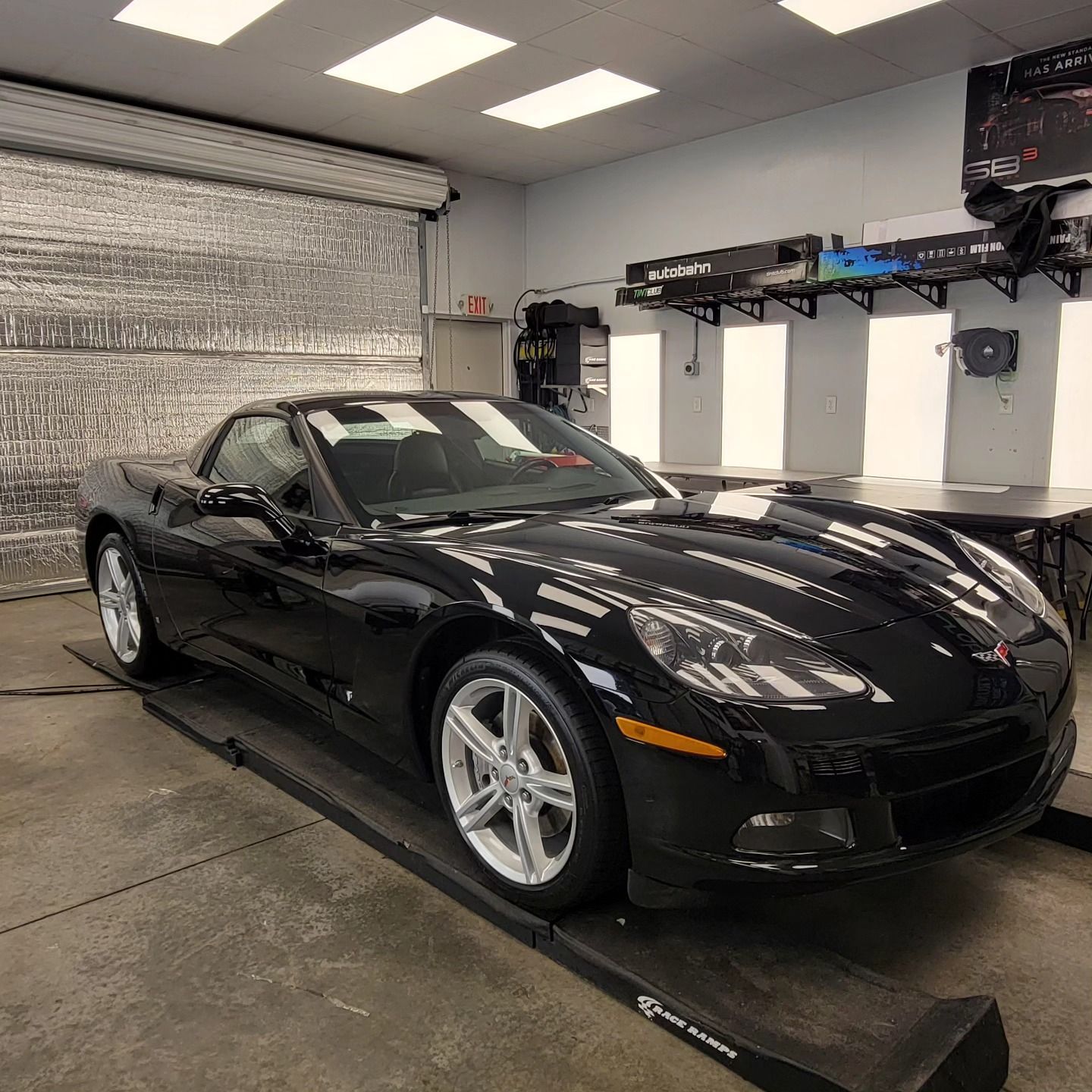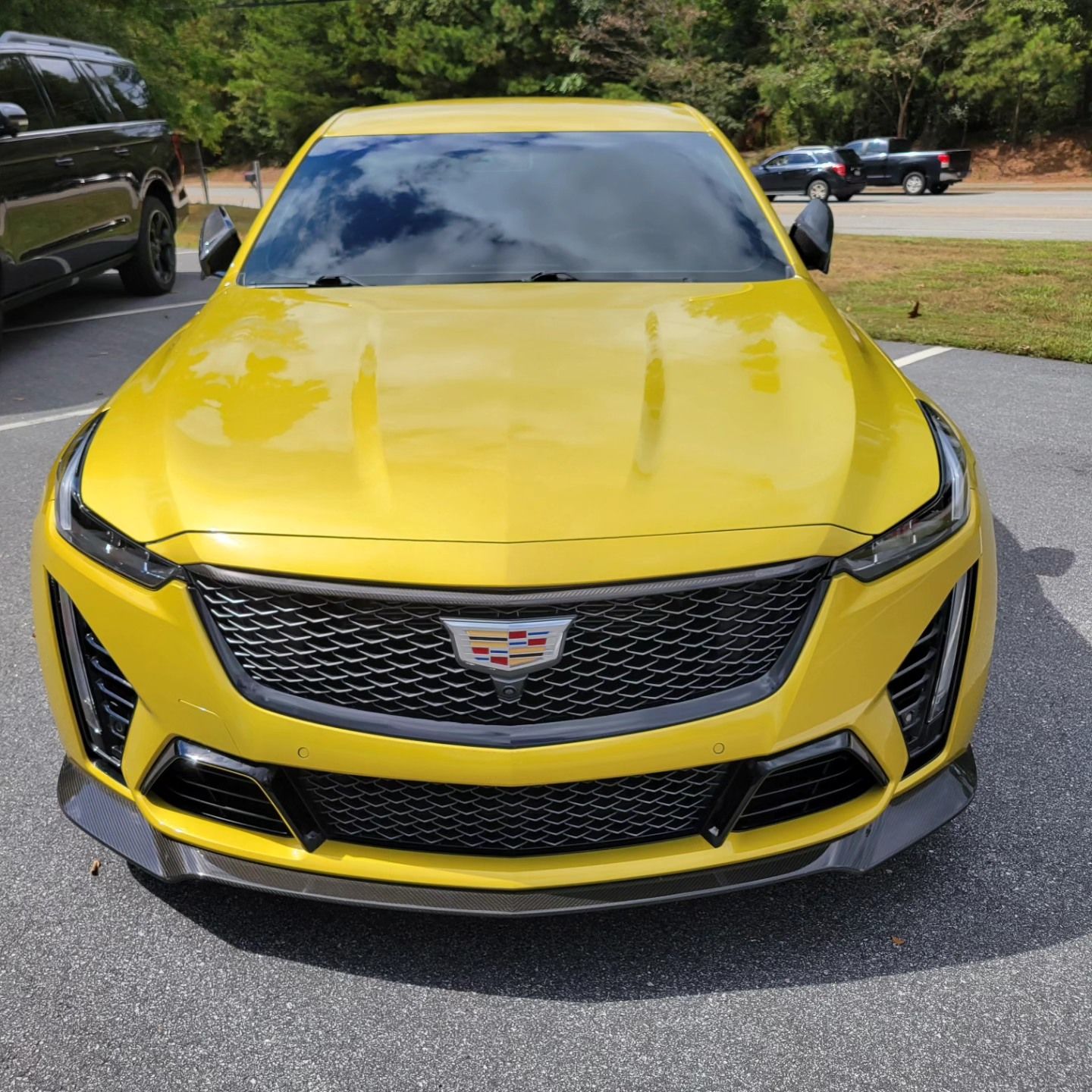Protecting your vehicle's paint from chips, scratches, and other damage is crucial for maintaining its appearance and resale value. Paint Protection Film (PPF) offers an effective solution, creating a durable barrier against the elements. However, when it comes to PPF applications, you have two main options: hiring a professional installer or attempting a DIY installation. In this blog, we'll explore the pros and cons of each approach to help you make an informed decision.
Professional Installation for PPF: Pros and Cons
Getting your paint protection film professionally installed has its perks; after all, the pros are professionals for a reason! They have years of experience and training, which means you get a seamless and precise application that reduces the risk of bubbles, wrinkles, or misalignment. Remember, this isn't just a protective layer; it's an investment to keep your vehicle looking sharp. It's akin to hiring a master craftsperson to work on your car’s exterior. Their knowledge and skill prevent mistakes that often occur in DIY installations. With a professional touch, your PPF will blend seamlessly with the car itself.
Not only that, but professional installers usually have access to high-quality PPF materials that offer better protection and durability compared to some DIY kits available on the market. This implies that top-notch materials backed by their expertise will protect your investment.
Now, about the cost—yes, professional installation can be pricier upfront than doing it yourself, but consider this: going with professionals usually saves money in the long run. The meticulous approach reduces the need for costly re-dos due to errors in DIY installations.
Imagine it as investing in preventative healthcare for your car. It’s more economical than dealing with medical bills for health issues that could have been avoided with regular check-ups. In the long run, avoiding errors through professional installation saves time, money, and hassle. As we reflect on these points, the choice between professional installation and DIY becomes clearer—weighing the cost against long-term savings and considering the value of precision and high-quality materials offered by professionals.
DIY PPF Installation: Advantages and Challenges
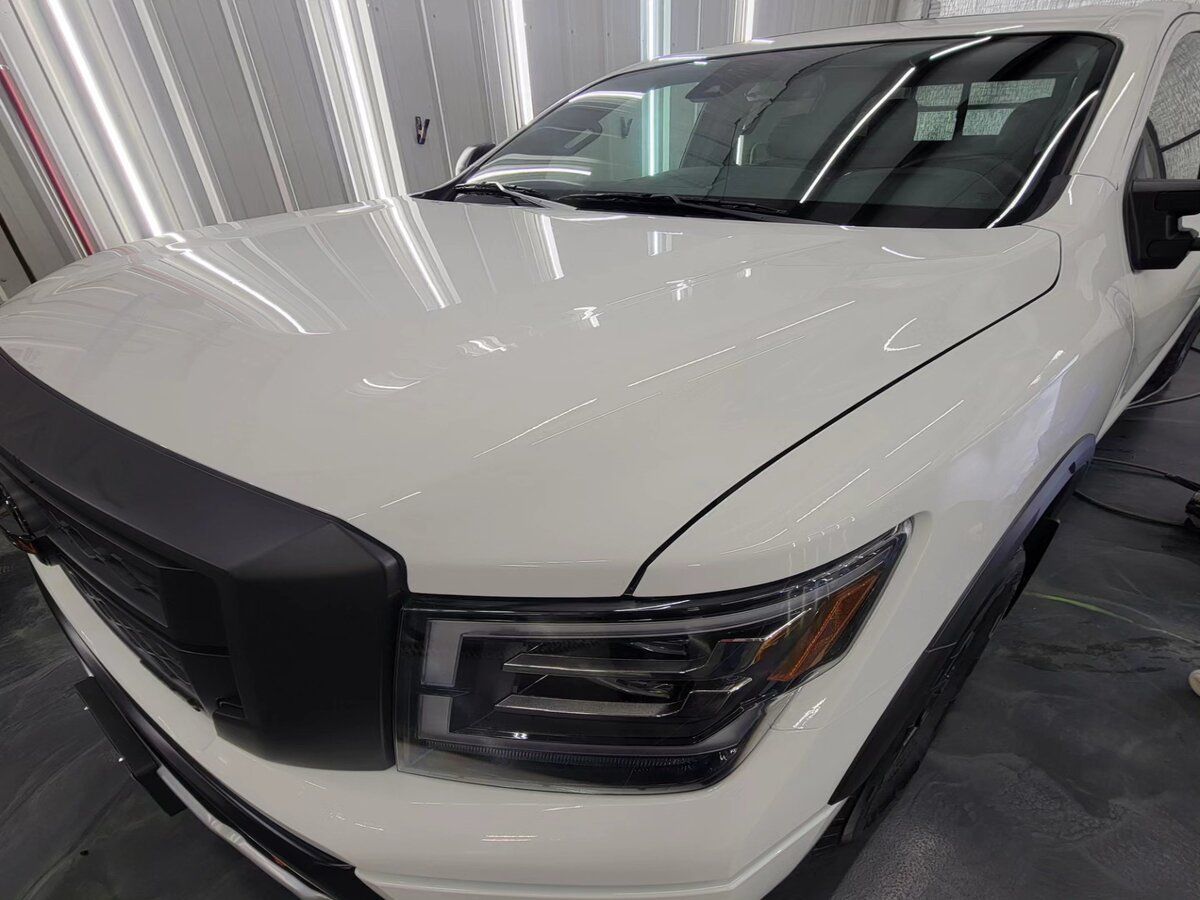
When it comes to installing paint protection film (PPF) yourself, there are some clear benefits as well as potential hurdles you might face. Let's take a look at both sides.
Cost Savings
One of the most appealing aspects of DIY installation is the significant cost savings. PPF materials can be quite expensive, and factoring in the labor costs of professional installation, the price can quickly add up. However, by taking on the installation yourself, you can save a substantial amount. This is especially beneficial for individuals who are comfortable working with tools and have some experience with similar projects.
Higher Risk of Damage
While cost savings are a definite advantage, there is also a higher risk of damage associated with DIY PPF installation. Any errors during the application process could lead to damage to the PPF material or even to the underlying paint surface. These mistakes might necessitate re-purchasing supplies and potentially seeking professional intervention to fix any errors. It's important to consider whether you feel confident in your ability to execute a flawless installation without damaging the PPF or your vehicle's paint.
For instance, uneven application of the film or air bubbles trapped underneath could reduce the level of protection the PPF offers. Additionally, if the film gets stretched too much during installation, it may tear or become misshapen, requiring replacement.
Conspicuous Appearance
Another challenge often encountered in amateur installations is achieving a seamless, polished appearance. Without professional expertise and specialized tools, there's a risk of visible edges, bubbled areas, or misalignment. These imperfections can detract from the overall aesthetic appeal of your vehicle's finish.
Think of it like trying to apply a bubble-free phone screen protector—there's an art to getting it just right without any imperfections. The same precision and attention to detail are required when installing PPF to ensure a flawless result.
Cost Analysis: Professional vs. DIY
When deciding between professional installation and a DIY approach to paint protection film (PPF), one of the first considerations is the cost comparison. Professional installation typically comes with a higher price point due to the expertise, experience, and quality of work offered. Conversely, DIY installation kits are generally available at more affordable price points but entail careful consideration of potential additional costs that could arise from errors during the installation process.
Let's start by looking at professional installation. The price can vary significantly depending on the size and complexity of the vehicle's design, as well as the installers' standing and caliber of work. It's crucial to obtain quotes from reputable installers to get an accurate understanding of the cost and assess the long-term benefits of their expertise. While the initial investment may be higher, professional installation often provides a higher level of precision, durability, and expertise in handling various vehicle designs and shapes.
Benefits of a Professional Installation
- Expertise: Professional installers bring a level of expertise that comes from years of experience working with different types of vehicles.
- Quality of Work: Their precise cutting, seamless application, and attention to detail can result in a flawless finish that not only protects the vehicle but also enhances its aesthetic appeal.
- Customization Options: Professionals can offer extensive customization options tailored to specific needs, ensuring comprehensive coverage and protection for the vehicle.
On the other hand, exploring DIY installation options presents a different cost dynamic. While DIY kits are available at relatively lower price points, it's essential to consider potential additional costs that could arise if errors occur during the installation process. Mistakes made during DIY installation may lead to wasted film, extra tools or materials needed for correction, and potentially result in suboptimal coverage and appearance.
Considerations for DIY Installation
- Skill Level: Assessing one's own skills and experience in working with PPF is crucial when considering a DIY approach.
- Additional Costs: Potential mistakes during DIY installation may lead to additional costs for correcting errors or acquiring extra film.
- Time Commitment: DIY installations typically require a significant time commitment for thorough preparation, precise application, and attention to detail.
Understanding the nuanced cost analysis between professional and DIY installation provides valuable insight into making an informed decision based on individual preferences, budget considerations, and desired outcomes.
Time Requirement: Professional vs. DIY
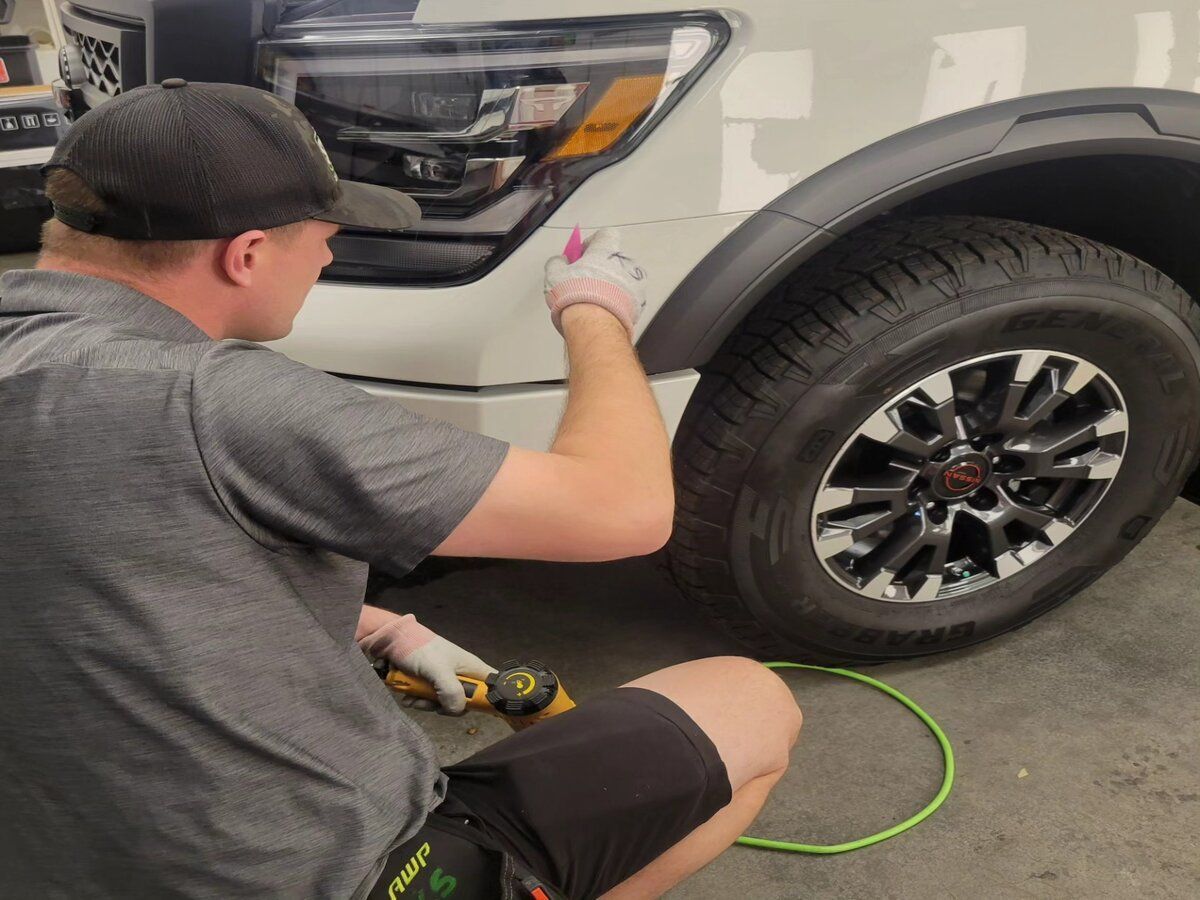
When it comes to time, the primary difference between professional and DIY paint protection film (PPF) installation lies in the extent of hands-on work and the learning curve involved. Let's break down the time commitments for both methods to give you a clear picture of what to expect.
Professional Installation
The professional installation of paint protection film (PPF) has its advantages.
- Professionals have the expertise and experience to ensure that the PPF is applied correctly, avoiding any bubbles, creases, or misalignments.
- Professional installation often comes with the installation of PPF, which typically involves scheduling an appointment with a certified technician or specialist. The actual application process can take anywhere from 4 to 8 hours, depending on the size of the vehicle and the complexity of the project. For more extensive installations, you may even need to leave your vehicle in the shop for a day or two to ensure a thorough and precise application.
DIY Installation
On the other hand, DIY installations usually demand significantly more time due to several factors. Firstly, there's a learning curve involved, especially if you're new to working with PPF material. This means that you'll need to allocate extra time for familiarizing yourself with the material and practicing application techniques before committing to covering your entire vehicle.
Moreover, meticulousness is key in DIY PPF installation. Ensuring a bubble-free, seamless finish demands patience and precision, which can extend the overall time commitment. From carefully measuring and cutting the PPF material to applying it methodically while avoiding wrinkles and air bubbles, each step requires a steady hand and attention to detail.
Pro Tip: Starting with smaller sections like a frunk panel kit can help you get accustomed to working with PPF before tackling larger areas like the hood or bumpers.
For instance, while a professional installer may complete an entire vehicle in 4–8 hours, a novice DIY enthusiast might find themselves dedicating 8–16 hours to achieve a similar result. It's important to set aside ample time when opting for a DIY approach, as rushing through the process can lead to costly mistakes and subpar outcomes.
In addition to just being mindful of the physical application process itself, one must also account for preparation time, including cleaning the vehicle thoroughly before installation and ensuring that the work area is conducive to precision work.
Final Look: Professional vs. DIY
Once you've made the decision to spend your time and money protecting your vehicle with paint protection film (PPF), it's critical to consider how the installation process may affect the final appearance. The quality of the finish is significant not just for aesthetic appeal but also for practical reasons such as preservation and longevity.
- Professional Installation: When it comes to the professional installation of PPF, you’re likely to receive a polished and seamless finish due to the expertise of skilled installers and access to high-quality materials. This translates into minimized visible edges and a more refined appearance that perfectly blends with the contours of your vehicle. With professional-grade tools and training, these specialists are able to achieve a virtually invisible protective layer that doesn't compromise the original appearance of your vehicle.
Conversely, if you opt for a do-it-yourself approach, there's a higher chance for visible edges and imperfections, depending on your skill level and precision during application. These potential flaws can detract from the overall appeal of the vehicle, taking away from the sleek and polished look that professionally installed PPF can provide. It's important to weigh this consideration against the cost savings associated with DIY installation.
- DIY Installation: DIY installations often present challenges in achieving a flawless finish without any visible edges or imperfections. While some individuals may successfully apply PPF with minimal issues, there is an increased risk of noticeable edges when compared to professional application. However, this isn't to say that achieving an acceptable result with DIY installation is impossible; rather, it may require more patience, precision, and practice to attain a finished look that meets your expectations.
Imagine spending hours carefully applying PPF to your vehicle, only to discover noticeable imperfections or edges that detract from its overall appearance. The frustrations resulting from these unwanted visual flaws can ultimately diminish the satisfaction derived from completing the process yourself.
Warranty: Professional vs. DIY
Considering paint protection film (PPF) installation, warranty coverage is a significant factor to weigh. Professional installers often offer warranties covering both their work and the PPF itself, providing a layer of security and peace of mind for the vehicle owner, knowing that any issues will be addressed without additional costs.
Reputable professionals stand by their work and understand the intricacies involved in installing PPF to ensure its longevity and effectiveness. Therefore, their warranties typically cover a range of potential issues, including bubbling, peeling, or yellowing of the film.
If you notice any of these issues within the warranty period, you can get them addressed without worrying about additional expenses. It's like having an insurance policy for your car's paint protection.
On the other hand, DIY installations may not come with the same level of warranty or guarantees. This places the responsibility for any installation-related issues or PPF performance squarely on the vehicle owner's shoulders.
Without a comprehensive warranty, DIY installers are at risk of bearing the full cost of any potential mistakes made during installation or issues that arise with the PPF over time.
It's important to note that warranties for PPF can vary widely depending on the manufacturer and installer, so it's crucial to research and understand what type of coverage is offered before making a decision.
Before embarking on a DIY PPF installation, thoroughly review any available warranty information from the film manufacturer and consider whether they offer support for DIY installations. Additionally, take into account the potential implications for any existing vehicle warranties due to self-installation.
Assessing your requirements and preferences
When choosing between professional and DIY PPF installation, it's crucial to assess your individual needs, experience, and priorities to make an informed decision. Let's delve into the key considerations that will help guide you in this decision-making process.
Key Considerations
- Skill Level: Evaluate your proficiency and comfort with intricate installations. If you have experience handling detailed tasks and navigating cutting-edge technology, DIY installation may be viable. Conversely, opting for professional installation may ensure a flawless finish for those less adept at precision work or complex designs.
- Available Budget: Analyze your financial resources and consider the cost implications associated with both options. While DIY installation can lead to cost savings by eliminating professional service fees, it's essential to weigh this against the risk of costly mistakes that could necessitate expensive repairs or reapplication later on.
- Importance of a Flawless Finish: Consider the significance of achieving a seamless and immaculate result. For those who prioritize an impeccable appearance and desire minimal visibility of protective film on their vehicle, professional installation using advanced techniques such as the Custom Extended Computer Cut method may yield more satisfactory outcomes than DIY application.
- Willingness to Invest Time and Effort: Evaluate how much time and effort you are willing to allocate towards the installation process. DIY installation demands meticulous attention to detail, patience, and a significant time investment. Professional installation, on the other hand, offers convenience and saves you the trouble of navigating the intricacies involved in precise placement and seamless finishing.
By carefully considering these factors—your familiarity with intricate tasks, financial capacity, aesthetic expectations, and time commitment—you can effectively determine which installation approach aligns better with your specific needs and preferences.
In subsequent sections, we'll further explore the advantages and drawbacks associated with both professional and DIY PPF installation methods to provide a comprehensive understanding of each approach.
Ultimately, making an informed decision about PPF installation ensures that you protect your vehicle effectively while meeting your individual requirements.
Protect your investment with ShineCo's Professional Paint Protection Film Services.
With ShineCo's Professional Paint Protection Film Services, you can safeguard your investment against the elements and maintain its showroom shine for years to come. As the trusted expert in automotive protection, ShineCo combines expertise, innovation, and a commitment to excellence to deliver unparalleled results that exceed expectations. Our Professional Paint Protection Film Services utilize cutting-edge technology and premium materials to create a durable shield that withstands the rigors of daily driving. Whether you're cruising down the highway or navigating city streets, our paint protection film provides a barrier against road debris, gravel, insects, and other hazards, keeping your vehicle looking pristine. Book now!
